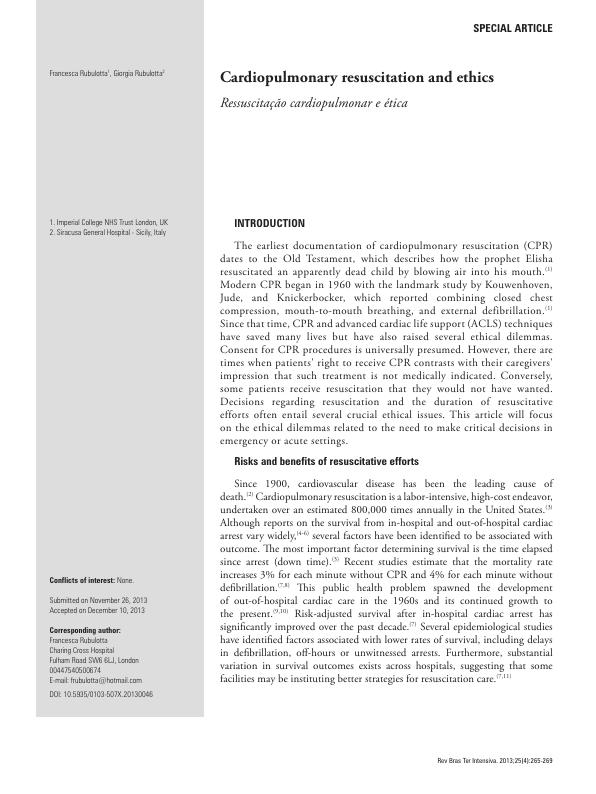Cardiopulmonary resuscitation and ethics
Select 7 articles published within the last 5 years that focus on a single intervention. Use primary and secondary research, quantitative and qualitative studies. Run Turnitin on your own work, not the selected articles. Use the provided tools and examples to set up your paper and reference page. Articulate the healthcare problem, its significance, current practice, and impact on background. Create a PICO table and question. Fill in an evidence matrix with the selected articles.
Added on 2023-06-15
About This Document
Cardiopulmonary resuscitation and ethics
Select 7 articles published within the last 5 years that focus on a single intervention. Use primary and secondary research, quantitative and qualitative studies. Run Turnitin on your own work, not the selected articles. Use the provided tools and examples to set up your paper and reference page. Articulate the healthcare problem, its significance, current practice, and impact on background. Create a PICO table and question. Fill in an evidence matrix with the selected articles.
Added on 2023-06-15
End of preview
Want to access all the pages? Upload your documents or become a member.


